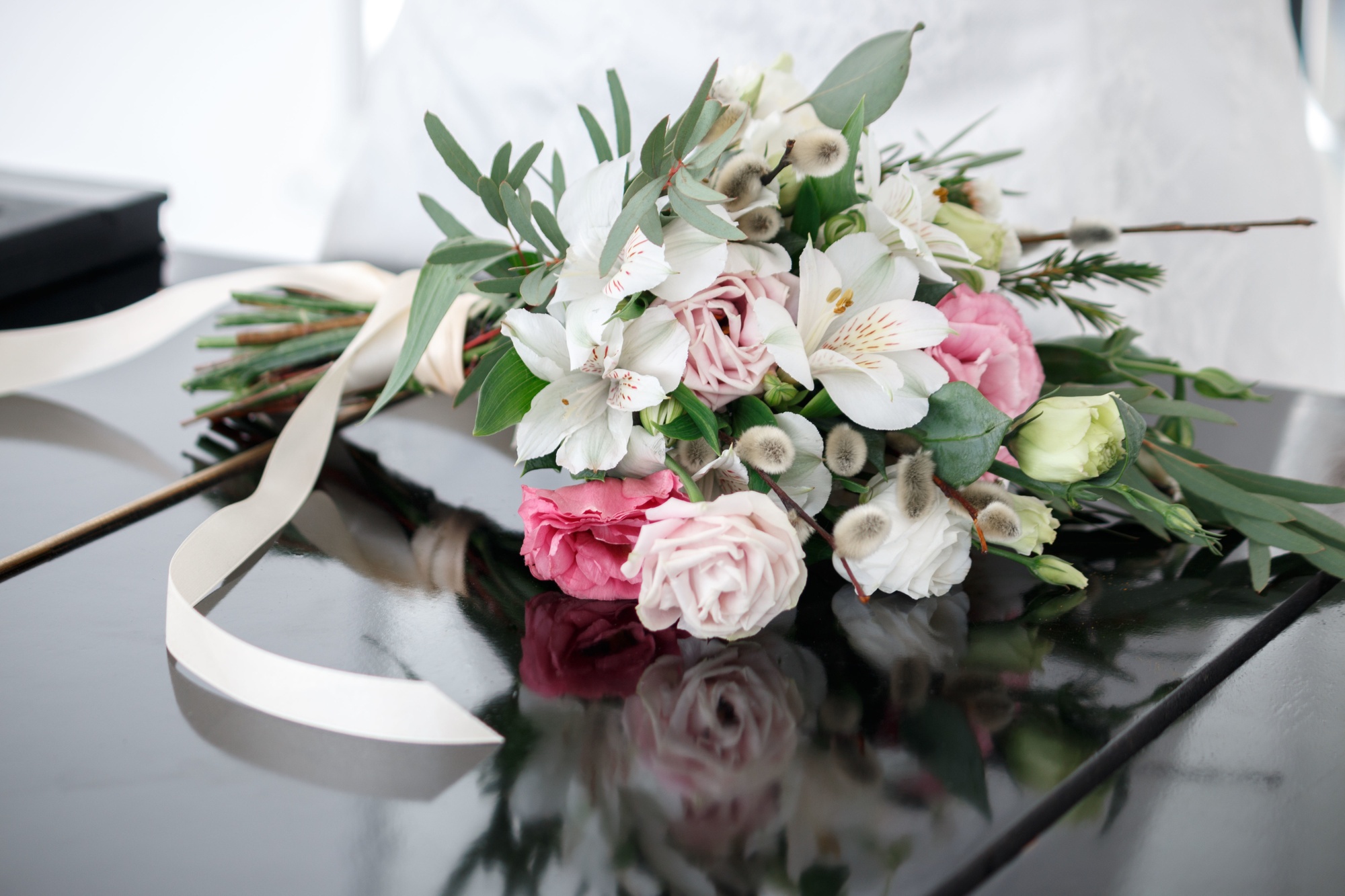Everyone loves flowers. But when you’re trying to pick out the perfect bouquet, did you know that the flowers you choose may also have important cultural meanings too?
Sure, we all know that roses can symbolize love. But that’s just the tip of the flowery iceberg. The next time you’re picking a bouquet, you can make it even more special by knowing what the flowers mean. So continue reading and we’ll walk you through everything you need to about flower symbology.
The History of Flower Symbology
Flowers have been a part of the symbolic language for thousands of years. They have been revered for their beauty, scents, medicinal benefits, and spiritual purposes. They even play a big part in the plays of William Shakes
Sonnets, mythologies, plays, and folklore of the ancient Romans, Chinese, Egyptians, and Greeks all utilize plant and flower imagery. This is helped by the fact that there are so many different specimens of flowers that can each carry their own meanings.
For example, the red chrysanthemum tends to indicate “I love you.” And the orange blossom usually symbolizes loveliness, purity, and chastity.
Flower Symbology in the Victorian Era
Learning the meaning of flowers became all the rage during Victorian times in the 1800s. Practically every home back was certain to have two things. A bible and a guidebook on what different flowers meant. Although different books would carry different interpretations.
In the Victorian era, some meanings were generally accepted. For example, tulips represented passion, rosemary was for remembrance, peonies meant you were bashful, and bluebells were a symbol for kindness.
The Impact of Colors
When you think of flowers, you often think of their unique and bold colors. Thanks to how much they vary in color, flowers allow for some very specific and nuanced communication. Some flowers, like lilies, poppies, and roses could signify all kinds of emotions simply based on what color they were.
Let’s look at carnations as one example. A red carnation meant “my heart years for you.” A yellow one was for someone who was rejected by their loved one.
A pink carnation was when you wanted to tell someone that you’ll always remember them. And a white carnation was for people who were lovely and sweet.
Let’s look at violets too. Someone who gave a purple violet was said to always be thinking about love. Someone who gave a white violet was an innocent person.
And while a bouquet of red roses meant you were openly expressing your love for someone, a red tulip meant you were secretly confessing your love.
Thinking Beyond Color
In an interesting way, flowers could also be used as answers. They were a discrete way of telling someone “yes” or “no”.
If you handed someone flowers with your right hand, that usually meant an affirmative answer. While flowers from the left hand meant a hard “no.”
Handing someone an aloe plant meant you were bitter while a pomegranate symbolized “conceit.” Let’s say you handed over an apple blossom to express your “devotion.” They might give you a yellow carnation in return to show their “disdain” with you.
The condition and presentation of the bouquets also brought significance. If someone handed you a bouquet of flowers upside down, that usually meant they had the opposite meaning of what they usually symbolized.
And if they had a ribbon tied to the left, then the symbolism of the flowers was meant for the giver of the bouquet. If the ribbon was on the right, the meaning was meant to refer to the flowers’ recipient.
And of course, a bouquet that was wilted meant something quite negative and hurtful.
Rose Meanings
Roses are one of the most popular flowers on earth. Especially on Valentine’s Day. In fact, 43% of all fresh cut flowers on Valentine’s Day are red roses.
We all know that red roses mean “I love you.” But what about the many other types of rose colors?
- The white rose means innocence, a new beginning, purity, and reverence
- A dark crimson rose is for mourning
- A yellow rose symbolizes infidelity and jealousy
- A lavender rose means you experienced love at first sight
- A pink rose is for gentleness, happiness, and grace
- An orange rose symbolizes enthusiasm and desire
- A coral rose is something you would give to a dear friend
These are just some of the many varied meanings that a rose can carry. Unfortunately, sending flowers internationally can be tough. But if you’re interested in brightening the day of your loved ones in Brazil, then you can find out more here.
Wedding Flowers
Aside from Valentine’s Day, you’re bound to see plenty of flowers whenever you attend a wedding. And nobody does a wedding quite like the royal family. So what kind of bouquet did Prince William give to his bride, Kate Middleton?
Her bouquet was all white and included ivy, hyacinth, sweet William, myrtle, and lily-of-the-valley. Let’s break down what these flowers represent.
The ivy stands for continuity. A hyacinth is for loveliness. And the sweet William is for gallantry.
The myrtle means that their marriage is founded on love. And the lily-of-the-valley represents both purity and trustworthiness. All in all, these flowers mean that they are hoping to have an everlasting and loving marriage.
The Importance of Knowing Flower Symbology
Hopefully, after reading the above, you feel like you can now walk away with a deeper understanding of what flowers can represent. And we hope you will use this knowledge the next time you buy flowers for your friends and family.
Are you interested in reading other helpful articles like this one? Check out the rest of our blog for more today!



